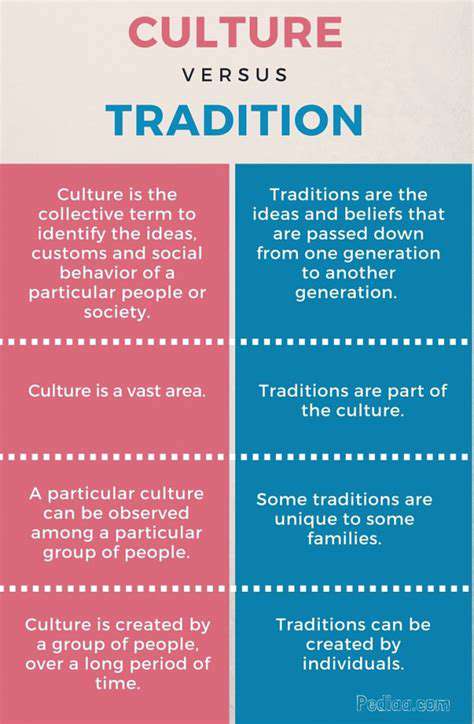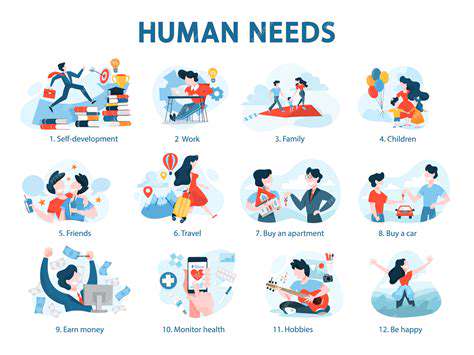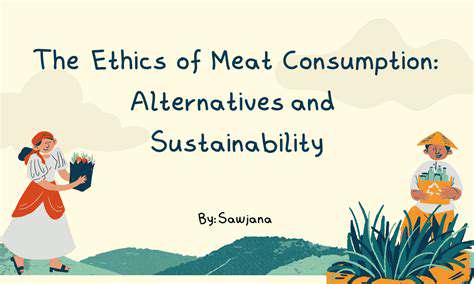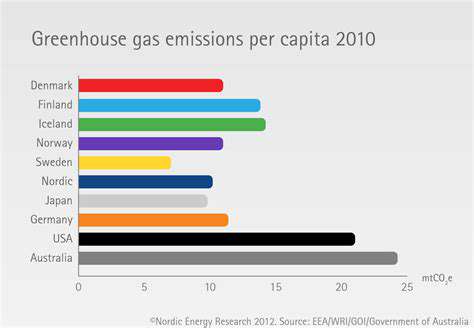
Unveiling the Hidden History of Breakfast Cereals
The story of breakfast cereals began not in corporate laboratories, but in 19th century health sanitariums seeking digestible grain alternatives. Early cereal pioneers like John Harvey Kellogg and C.W. Post developed their products as health foods, far removed from today's sugar-laden varieties. This surprising origin reveals how commercial interests transformed a medicinal food into a mass-market commodity. The evolution of breakfast cereals mirrors broader societal changes in work patterns, family structures, and food processing technologies.
World War II marked a turning point in cereal history, as rationing and nutritional concerns led to fortified products. Post-war prosperity brought colorful packaging, cartoon mascots, and marketing strategies targeting children. These developments created the modern cereal aisle we know today, where health claims compete with nostalgic appeal. Understanding this history helps explain why cereals occupy such a prominent place in contemporary breakfast culture.
The Impact of Marketing and Consumer Preferences
Cereal marketing strategies have evolved from simple nutritional information to sophisticated brand storytelling. Companies now position their products not just as food, but as lifestyle choices tied to athletic performance, environmental consciousness, or childhood nostalgia. This emotional connection explains why consumers often remain loyal to brands they enjoyed as children, despite changing nutritional needs.
Recent consumer trends have forced the industry to adapt. The demand for organic, non-GMO, and gluten-free options has led to reformulations and new product lines. Simultaneously, a growing preference for protein-rich breakfasts has challenged cereals' traditional dominance of morning meals. These shifts demonstrate the dynamic relationship between consumer preferences and food industry innovation.
Health Claims and Nutritional Value: Fact vs. Fiction
Navigating cereal nutrition labels requires careful attention beyond front-of-box claims. Many whole grain cereals contain significant added sugars, while protein-enriched varieties may still fall short of eggs or Greek yogurt. The fiber content varies dramatically, from less than 1 gram per serving in some children's cereals to 10 grams or more in bran-based options.
Emerging research suggests that processing methods affect how our bodies metabolize cereal carbohydrates. Some studies indicate that extrusion cooking - common in flaked cereals - may increase glycemic response compared to less processed whole grains. This highlights the importance of considering not just nutritional content, but food processing techniques when evaluating breakfast choices.
The Impact of Culture and Tradition on Cereal Creation

Cultural Norms and Values
Breakfast habits reveal deep cultural differences in time perception and meal importance. In some societies, breakfast is a leisurely family affair, while others prioritize speed and convenience. These differences influence everything from cereal texture (crunchy vs. soft) to serving temperature (cold with milk vs. hot with water). Understanding these cultural preferences helps explain why certain cereal types dominate specific markets.
The concept of breakfast itself varies culturally. Some cultures emphasize savory morning meals, explaining the limited cereal penetration in these markets. In countries where rice or noodles traditionally start the day, Western-style cereals often represent modernity and globalization rather than nutritional superiority. This cultural context is crucial for multinational cereal companies expanding into new markets.
Traditional Practices and Rituals
Many cultures have traditional grain-based breakfasts that predate modern cereals. Congee in China, porridge in Scotland, and atole in Mexico demonstrate how cultures worldwide developed their own nutritious morning meals using locally available grains. These traditional preparations often offer superior nutrition to processed cereals, with fewer additives and more whole food ingredients. Some cereal manufacturers now draw inspiration from these ancient recipes, creating modern versions of traditional grain breakfasts.
Religious practices also influence breakfast habits. Fasting traditions in various faiths affect when and what people eat in the morning, creating unique market conditions for cereal producers. Understanding these religious contexts helps explain regional variations in breakfast food popularity and consumption patterns.
The Role of Language in Culture
Cereal marketing translations often reveal cultural differences in food perception. Words like energy, health, or natural carry different connotations across languages, requiring careful localization of product messaging. Even the concept of breakfast cereal lacks direct translation in some languages, reflecting its status as a foreign food category.
Brand names themselves become cultural markers. Some succeed globally (like Corn Flakes), while others adapt to local markets (like Chocapic in French-speaking countries). These naming strategies reflect deep cultural insights about food associations and linguistic preferences.










